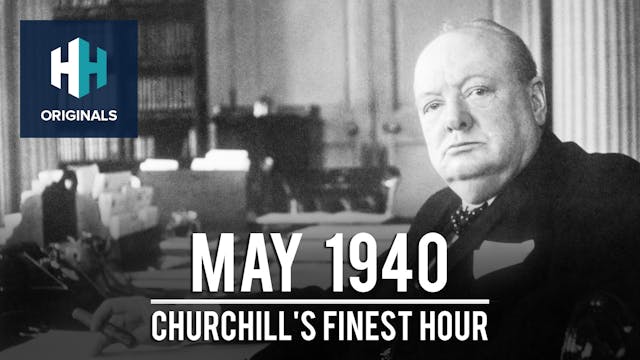Three Days in June: The Story of the D-Day Forecast
World Wars
•
52m
For a few tense days in June 1944, the success of the greatest military invasion the world had ever seen depended on weather readings taken by Maureen Sweeney at the remote Blacksod weather station on Ireland’s west coast. Maureen’s data threw Eisenhower’s meticulously planned invasion strategy into chaos, forcing him to mediate between opposing US and UK weather advisers and Generals and ultimately leaving him alone to make one of the most difficult decisions of the entire war. Completely unaware of the significance of her work - she was simply doing her job - Maureen’s readings were the first to point out an impending storm which led to the postponement of the invasion.
Then, in an impossibly dramatic twist, her readings were the first to pinpoint a short window of opportunity that Eisenhower needed to launch the invasion, thereby changing the course of the war.
Up Next in World Wars
-
Heroes on Deck: World War Two on Lake...
Between 1943 and 1945, two U.S. Navy aircraft carriers, USS Wolverine and USS Sable, stationed at Navy Pier in Chicago functioned as a training platform for about 17,000 pilots, signal officers and other personnel. Former U.S. President, George H.W. Bush was among the pilots who learned to take o...
-
Lost and Found: The Search for USS La...
A fierce WWII battle at sea, unreported for more than 60 years is revealed at the bottom of the Gulf of Thailand in HD underwater video. There lay the US submarine Lagarto and the remains of her 86 crewmen, whose families share how their husbands’ and fathers' disappearance shaped their lives. Wr...
-
May 1940: Churchill's Finest Hour
It was a moment of mortal peril. Britain reeled from a series of devastating military defeats. Its politicians faced one of the most monumental decisions in 20th century history. Faced with a rampant Germany on the continent led by the fascist dictator Adolf Hitler, should Britain fight? Or make ...



